Your sales team qualifies a significant number of leads every month, right?
And a significant number get rejected, too. Out of all the prospects who are ‘qualified' as buyers, some may not actually be.
Sales teams waste time and resources reaching out to potential customers who are not buyers. There is also the risk that you might waste your resources on leads that don’t convert. That's why it's important to have a sales lead qualification checklist, which will help you avoid these risks.
This article will look at the best and most effective sales lead qualification checklist. You can use this list to increase your sales team's productivity while driving down the cost of sales.
Let's start with the basics.
What Does Lead Qualification Mean?
Lead qualification is a process that involves determining whether a prospect matches the ideal customer profile you created—and how likely it is to become an actual, paying customer (even better if there’s a chance of becoming one who buys from you again).
You can qualify leads by gathering all the information you possibly can about them. This will help you separate promising leads from those not likely to pan out so your resources (time/money) aren’t wasted on dead ends.
Prioritizing high-quality leads will maximize your conversion rate and help you establish relationships with leads eager to use your product or service.
Reasons For Lead Qualification
The lead qualification has become a necessity in the digital world. Here are some of the main reasons why you should qualify leads:
1. Helps you focus on those likely to become a customer.
When you’re focused on finding new clients, it can be easy to get distracted by all the people interested in your product or service but not likely to buy. Qualifying leads will help you eliminate those who aren’t likely to convert into customers and focus on those who are.
2. It Helps you increase conversion rates over time.
Qualified leads are more likely to convert into paying customers as they genuinely are interested in your product or service. By focusing on qualifying leads, you’ll be able to increase your conversion rates over time and grow your business more quickly.
3. Helps to segment leads
Lead qualification can help you to segment your leads based on their needs, buying habits, and budget, allowing you to create targeted marketing campaigns that are more effective.
4. Increases ROI
By focusing on the most promising leads, lead qualification can help you increase your return on investment, as you are investing your resources in the most likely to convert leads.
5. It allows you to personalize the relationship with them.
Lead qualification can help you personalize the relationship with your leads, ensuring that they are provided with relevant information and offers to help them in their buying journey. Once you have qualified leads, you can send them content like a personalized demo that is relevant to their needs, interests, and goals. This will help you to build a relationship with your leads and increase their trust in your brand.
Lead Qualification Criteria
Lead qualification criteria can be defined as determining whether a lead is ready to be passed on to sales. Your lead qualification criteria should be based on your goals and objectives and help you identify the leads who are most likely to convert into paying customers.
It’s important to define what qualifies as a good lead in your industry so that your sales teams work towards the same goal.
Below are the 5 lead qualification criteria that you can consider:
1. BANT.
BANT is a lead qualification framework for budget, authority, need, and timeline. Many sales teams use it to help them determine whether a lead is qualified for further action. BANT criteria can be used with other lead qualification criteria, such as industry or company size.
It’s a great way to determine whether a lead should be passed on to sales, as it requires the following information:
- Budget - Can the prospect afford your product or service?
- Authority - Does the prospect have the power to decide about buying your product or service?
- Need - Does this person have a specific problem to solve by purchasing your product or service?
- Timeline - Is the prospect looking to buy now or shortly?
If a lead meets all of these criteria, it’s fair to say they are qualified for sales. However, BANT can also be used as a “filter” on leads that don’t meet all four criteria. If your lead doesn’t show any signs of budgeting, authority, need, or timeline (BANT), they probably aren’t ready to buy anything from you.
Pros
- A simple framework that is easy to understand
- Provides clear criteria for qualifying leads
- Helps identify leads that have the budget and authority to purchase
Cons
- It can take a long time to implement, and although suitable for many types of organizations, it may not be the best solution for fast-moving businesses.
- It is difficult to meet the needs of multiple stakeholders.
Also Read: An Improved BANT Sales Process for the New-Age Buyers
2. MEDDIC.
MEDDIC is a lead qualification framework widely used in B2B sales. The acronym stands for:
- Metrics: Identifying the key performance indicators (KPIs) that the customer is trying to improve or the pain points they are trying to solve.
- Economic Buyer: Identifying the person with the authority and budget to purchase.
- Decision Criteria: Understanding the factors influencing the customer's decision-making process.
- Decision Process: Understanding the steps the customer will take to make a purchase and the people involved in the decision-making process.
- Identify the Champion: Identifying the person within the customer organization who advocates for your product or service.
MEDDIC is a more comprehensive lead qualification framework as it helps to identify the buyer's pain points, the decision-making process, the budget, and the key players involved in the process. It allows sales teams to understand the customer's needs and tailor their sales pitch accordingly.
However, MEDDIC can be more time-consuming to implement and may require more effort to gather all the necessary information. Still, it will help improve the chances of closing a sale and increase the customer's lifetime value.
Pros
- It allows you to understand your customers' needs better and tailor your sales pitch accordingly.
- It helps identify and target the key decision-makers and influencers within an organization and understand the economic and financial factors driving the decision-making process.
- It will help improve the chances of closing a sale and increase the customer's lifetime value.
Cons
- It can be more time-consuming to implement.
- It doesn't focus on the needs of your ideal clients.
Also Read: How to Use MEDDIC to Qualify Leads
3. CHAMP.
The CHAMP lead qualification framework is designed to help sales teams identify the most promising leads and focus their efforts on those most likely to make a purchase. By understanding the customer's specific challenges, decision maker, budget, priorities, and timeline, sales teams can tailor their sales pitch and approach to better align with the customer's needs.
It stands for:
- Challenges: Identifying the customer's specific challenges or pain points that need to be addressed
- Authority: Identifying the decision maker or person with authority to make a purchase
- Money: Identifying the budget allocated for the purchase and the financial decision-making process
- Priority: Understanding the priority of the customer's needs and how they align with their overall business objectives
- Timeframe: Understanding the customer's timeframe for making a purchase.
CHAMP is a simple and straightforward framework, making it easy to implement and follow.
However, the CHAMP framework only focuses on lead qualification's basic and essential elements. It does not include understanding the decision-making process or the identification of the champions within the customer's organization. Sales teams have to consider using a more comprehensive lead qualification framework, such as MEDDIC, for a more detailed understanding of the customer's needs.
Pros
- It focuses on the client's needs and who might be interested in those products or services.
- It is a structured method that can be used to learn more about the client's needs.
- It is a good way to identify organizational champions who may be in a position to influence buying decisions.
Cons
- It's slow.
4. GPCTBA/C&I
GPCTBA/C&I lead qualification framework is designed to help sales teams identify the most promising leads and focus their efforts on those most likely to make a purchase. By understanding the customer's specific goals, plans, challenges, budget, decision maker, current situation, needs, and potential impact, sales teams can tailor their sales pitch and approach to better align with the customer's needs.
- Goals: Understanding the customer's specific business goals and how they align with their overall objectives.
- Plans: Identifying the customer's plans for achieving their goals, including timelines and budget.
- Challenges: Identifying the customer's specific challenges or pain points that need to be addressed.
- Budget: Identifying the budget allocated for the purchase and the financial decision-making process.
- Authority: Identifying the decision maker or person with authority to make a purchase.
- Current Situation: Understanding the customer's current situation and what they are currently doing to address their challenges.
- Negative consequences: Identifying the consequences of not addressing the customer's challenges.
- Positive consequences: Identifying the positive outcomes of solving the customer's problems.
This framework helps to understand the customer's current situation, which is important for positioning your product or service to meet their specific needs. However, this framework is more detailed and complex than other lead qualification frameworks like BANT, CHAMP, and MEDDIC; it may take more time to implement and follow.
Pros
- It helps to identify the key decision-makers and budget holders in the customer's organization.
- It helps to understand the customer's current situation, which is important for positioning your product or service to meet their specific needs.
- It provides a structured approach to qualifying a lead.
Cons
- It's a complicated process for companies that have simple needs.
- It takes a long time to implement, which is especially problematic for companies that need quick results.
5. FAINT.
FAINT lead qualification framework is designed to help sales teams identify the most promising leads by focusing on the customer's budget, decision maker, interest, needs, and timeline. By understanding the customer's budget and decision maker, sales teams can determine if the customer has the financial resources and authority to purchase.
- Financials: Identifying the customer's budget and financial decision-making process.
- Authority: Identifying the decision maker or person with authority to make a purchase.
- Interest: Identifying the customer's interest in your product or service.
- Need: Identifying the customer's specific needs and how they align with their goals.
- Timeline: Identifying the customer's timeline for making a purchase.
This framework is a bit simpler than other lead qualification frameworks like GPCTBA/C&I, BANT, and MEDDIC; it can be implemented and followed more easily. It also focuses on the key elements essential for closing a sale. However, this framework doesn't include other important elements like the customer's goals, plans, challenges, current situation, and potential impact, which are considered in other frameworks.
Pros
- It is simple and easy to implement.
- It focuses on the key elements that are essential for closing a sale.
- It can be followed more easily than frameworks like GPCTBA/C&I, BANT, and MEDDIC.
Cons
- It doesn't consider other important elements that are crucial for lead qualification.
Lead Qualification Checklist for 2025 (Template)
This lead qualification checklist is a template that can be used to assess the quality of leads. It helps you qualify the leads and identify which ones are ready for a sales follow-up. This will help your team focus on only those leads with the highest probability of converting into customers.
- Is the lead a good fit for your company's target market and ideal customer profile?
- Does the lead need your product or service and have the budget and decision-making authority to purchase?
- What are the lead's specific pain points and goals, and how can your product or service address them?
- What is the lead's timeline for making a purchase and their level of urgency?
- How engaged and interested is the lead in your product or service?
- What is the lead's current solution, and how does it compare to your product/service?
- Who are the key decision-makers and influencers in the lead's organization?
- Does the lead have the budget or funding to proceed with a purchase?
- How does the lead perceive the total cost of ownership of your product or service?
- Is the lead ready to purchase, or is further nurturing required?
Answering these questions will help you develop a solid lead qualification plan. This will help ensure that you are spending your time and resources on the right leads so that you can focus on converting more of them into customers.
Frequently Asked Questions.
1. What is the lead qualification, and why is it important?
Lead qualification is the process of identifying, evaluating, and prioritizing leads to determine their potential as customers. It is important because it helps businesses focus their resources on the most promising leads and increase the chances of closing deals.
2. How do you qualify for a lead?
The lead qualification process typically involves steps such as identifying leads, gathering information about the leads, evaluating leads based on pre-determined criteria, prioritizing leads based on their potential, and assigning leads to the appropriate sales team members.
3. How can you improve your lead qualification process?
The lead qualification process can be improved by creating a clear and consistent lead qualification process, implementing lead scoring and routing, regularly reviewing and refining lead qualification criteria, and training your team on effective lead qualification techniques.
Qualify leads better than ever with Storylane.
If your lead knows the features of your product, you can ease the qualification process, as they will have an idea of what they are getting into. If a lead is fully aware of the benefits of your product, they will be more likely to continue down the sales funnel.
These leads are called "product-qualified leads." They are more likely to convert, meaning you can spend less time qualifying leads and more time closing deals. And you can get these leads by leveraging the power of an interactive product demo.
It helps you showcase the features and benefits of your product interactively. It’s a great way to engage with potential customers and build trust by showing them concrete examples of how they can use your product in their daily lives.
With Storylane, you can create an interactive product demo with a no-code editor. You can share it via email, social media, and your website. It’s an effective tool to help you promote your brand and generate leads.
Storylane comes with auto personalization and advanced analytics to give all the essential tools that help you qualify your leads and convert them into customers.
Want to know how Storylane can help you get more leads and grow your business? Schedule a free demo and see how Storylane can help you create an interactive product demo that will help you get more leads.

.svg)
.svg)








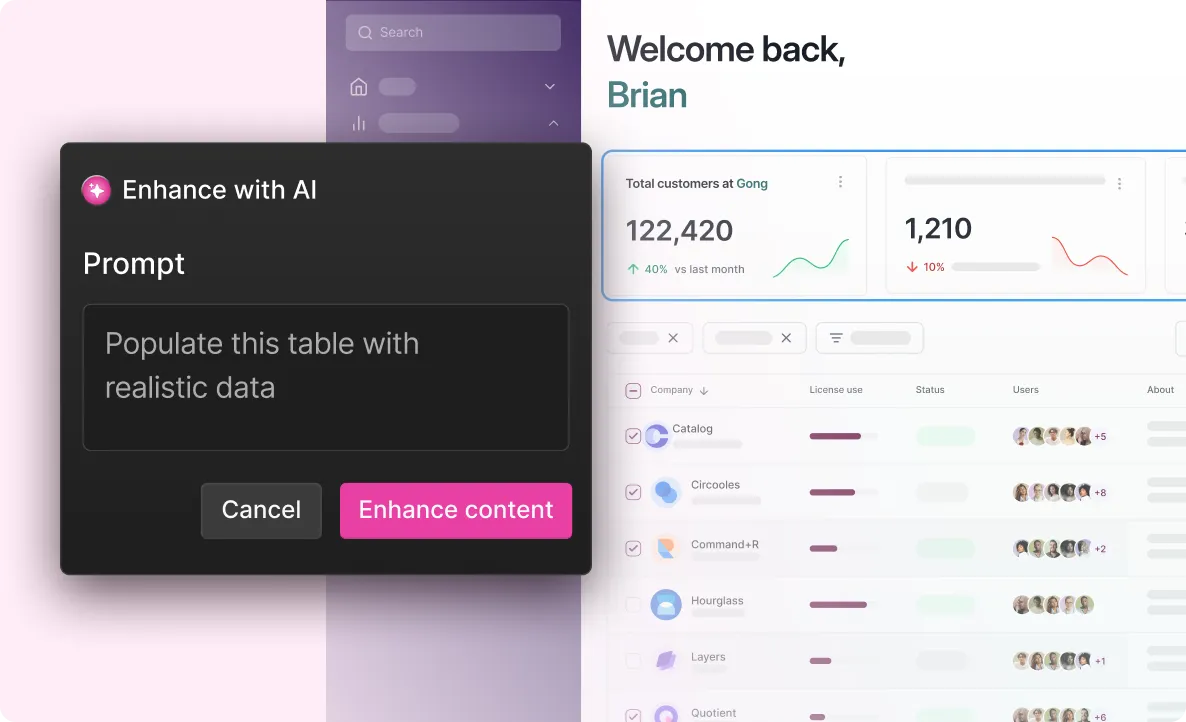


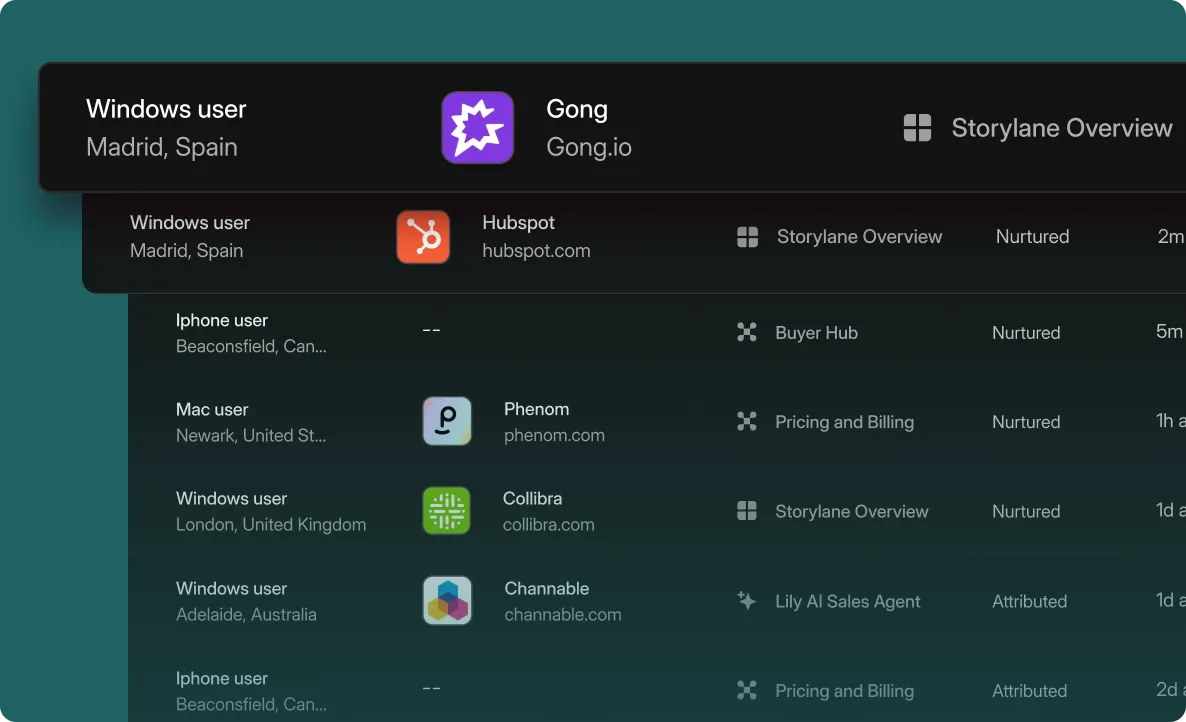


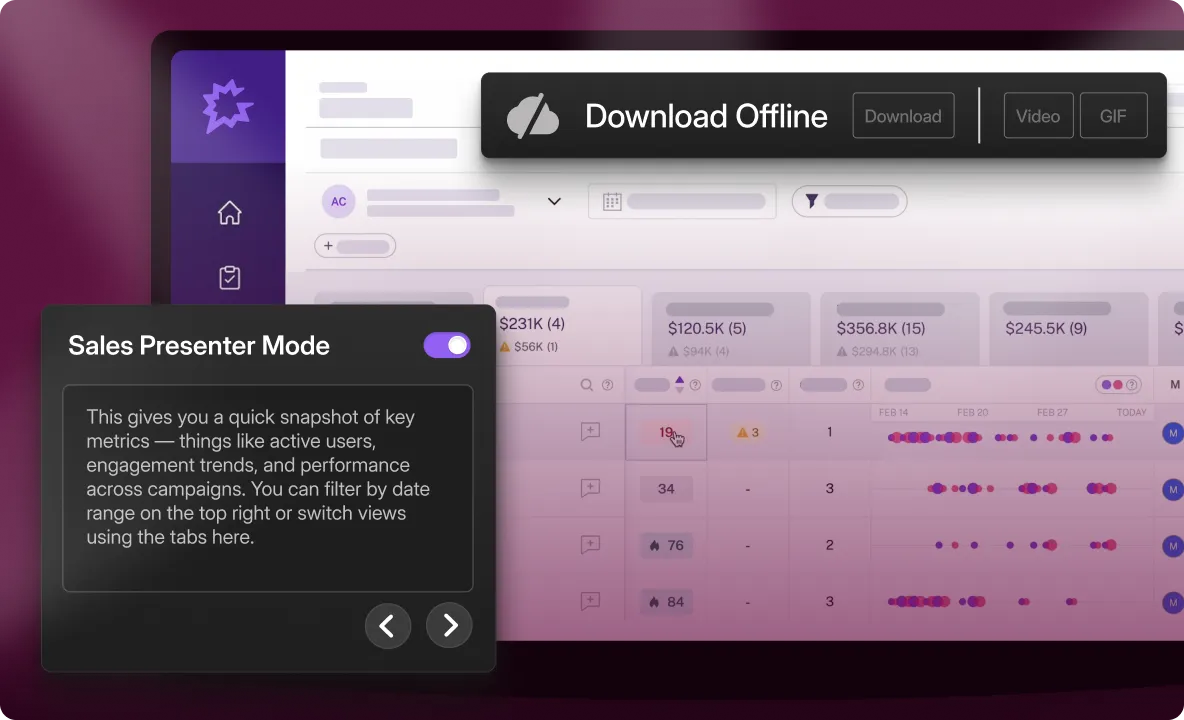
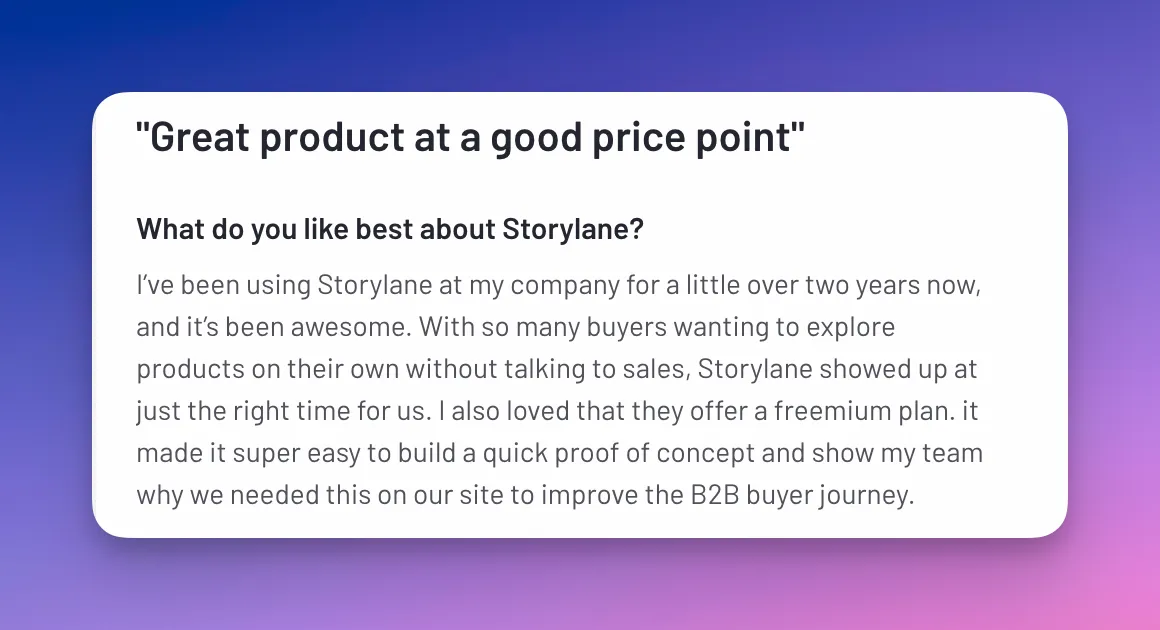

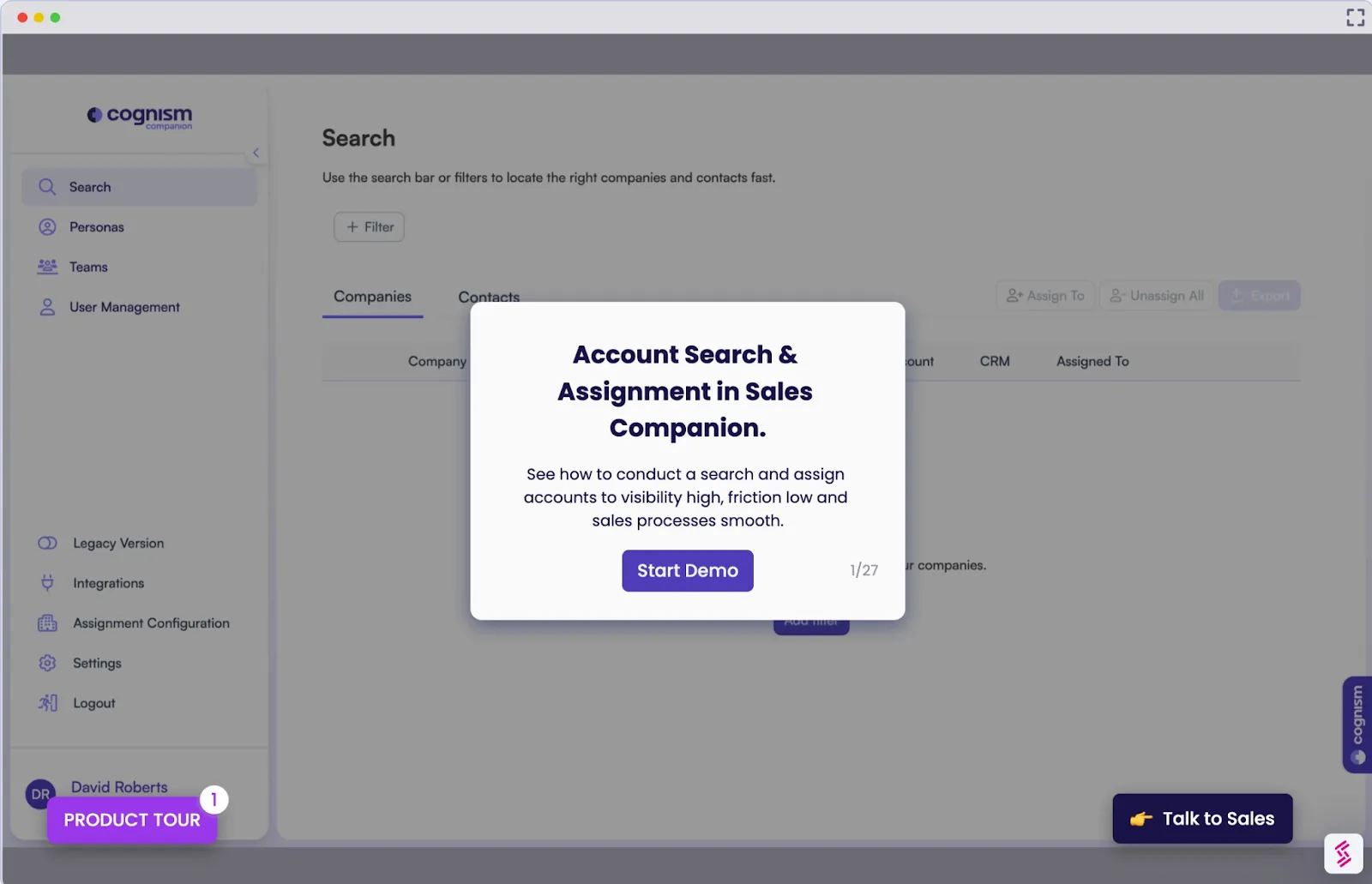
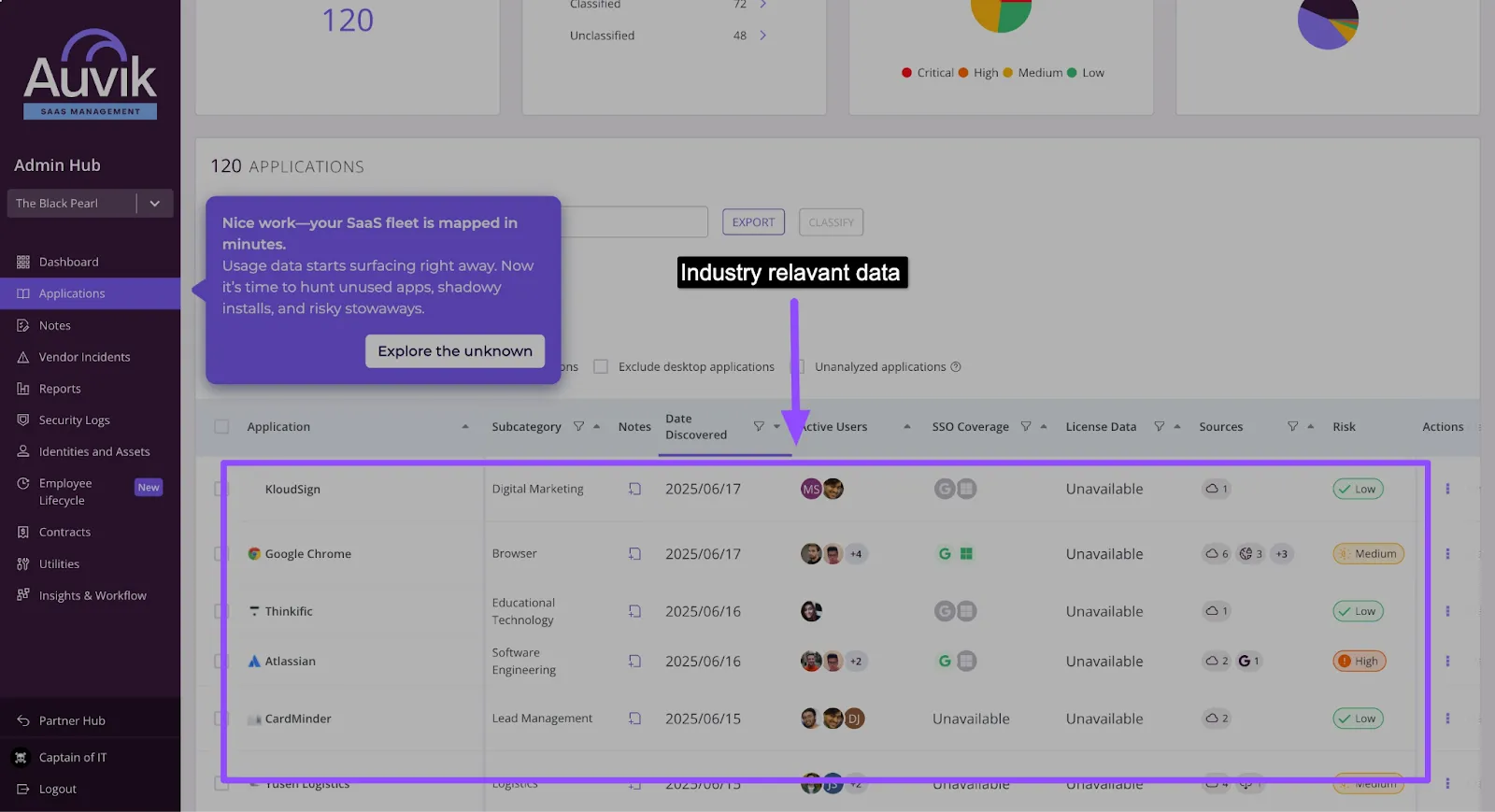
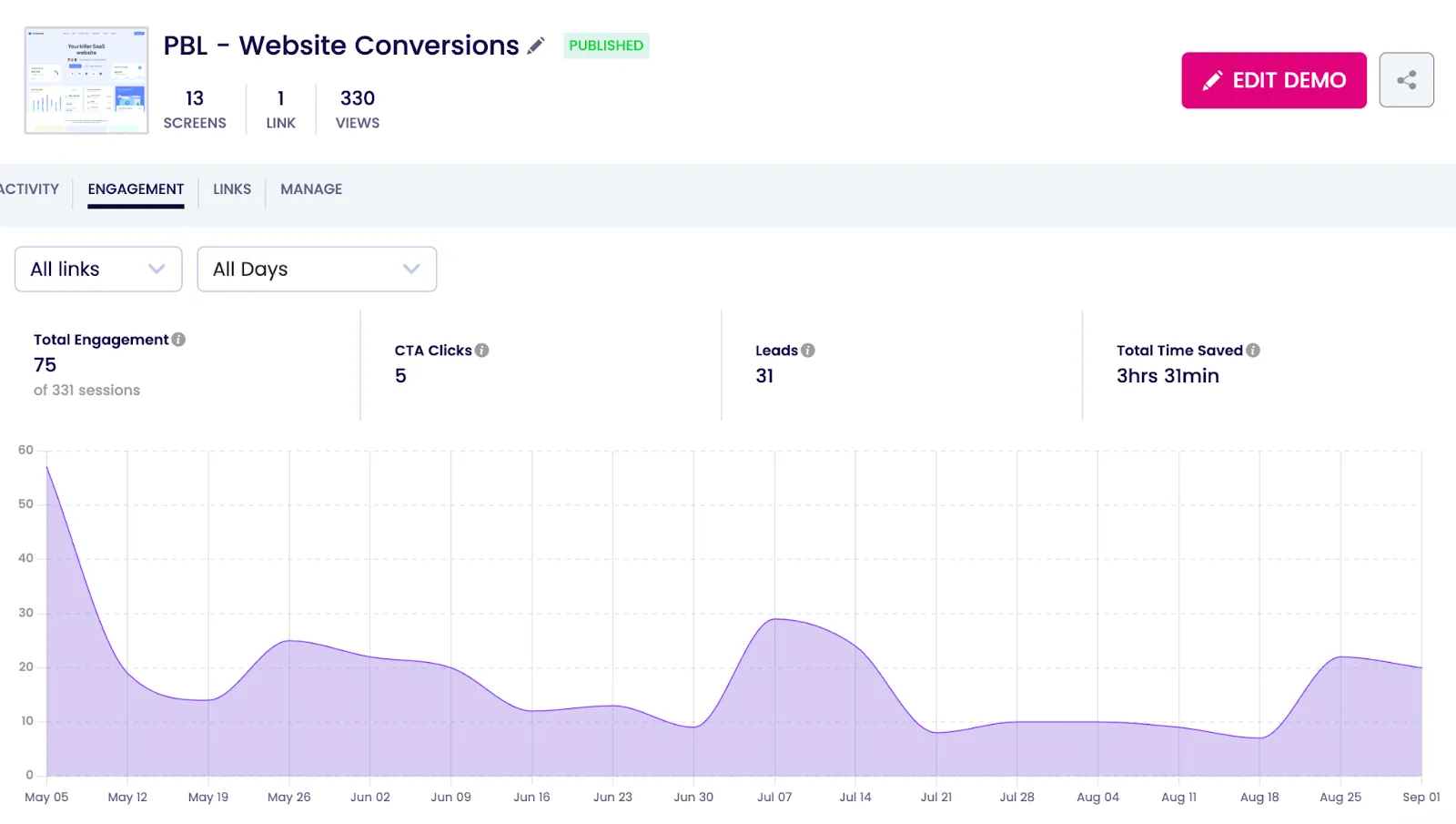
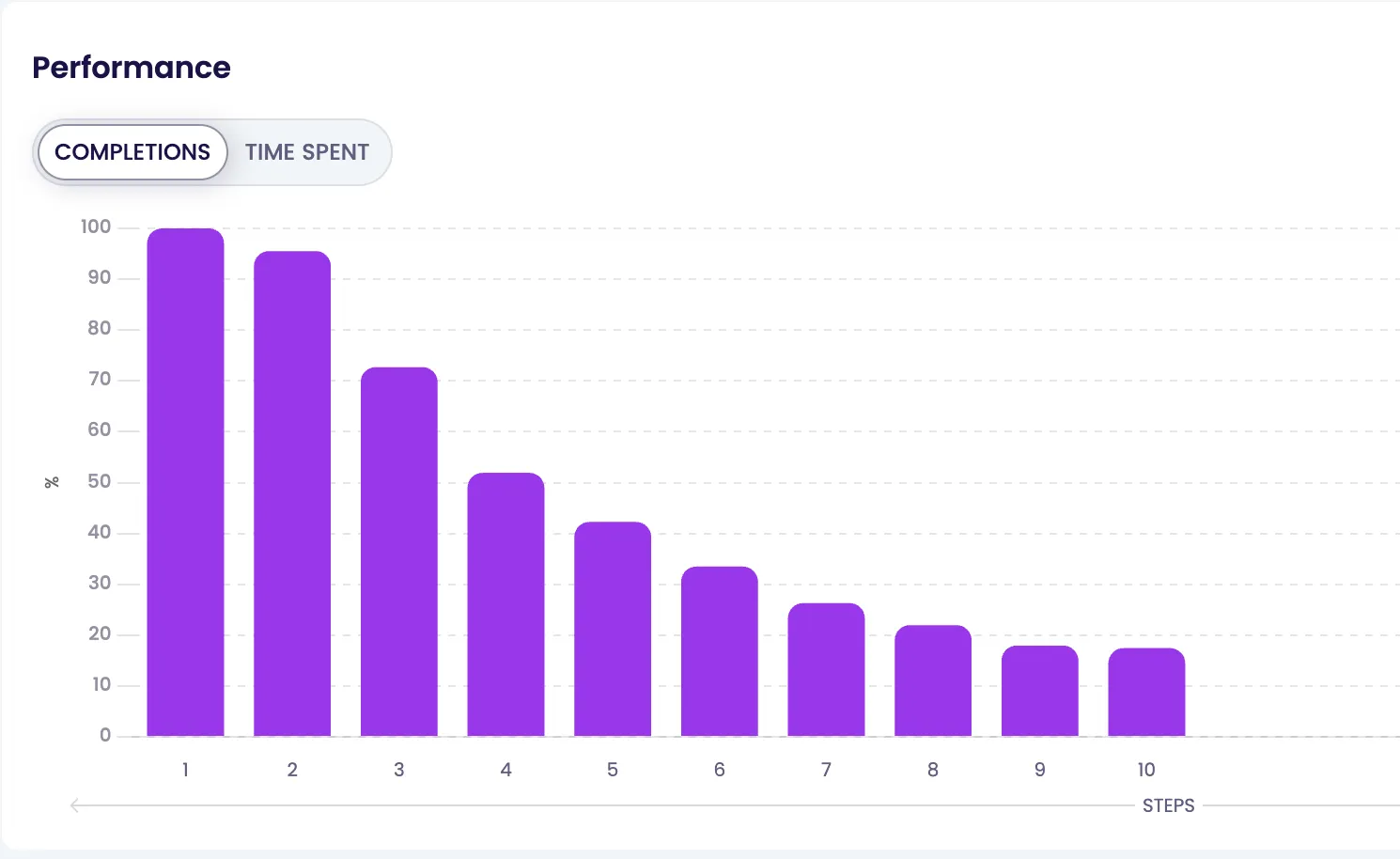
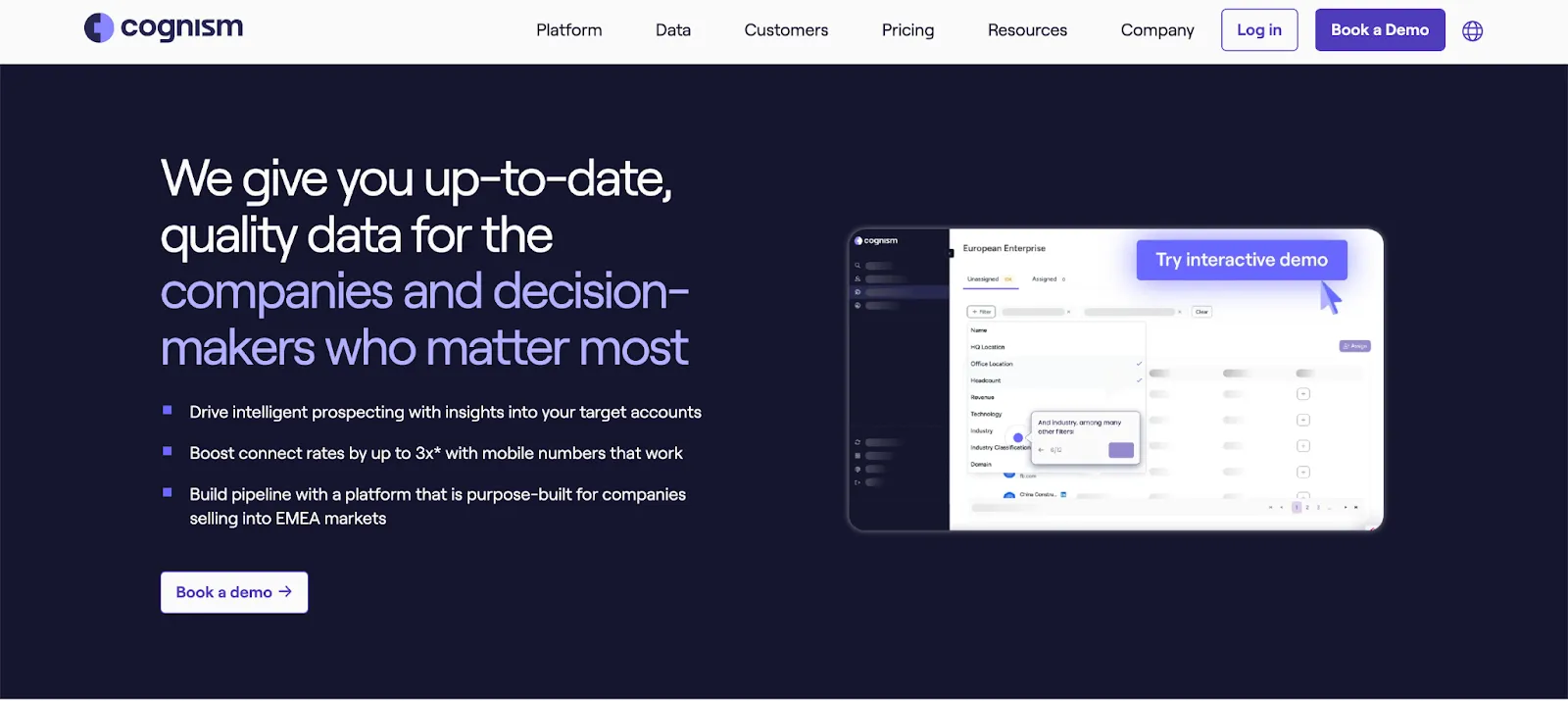



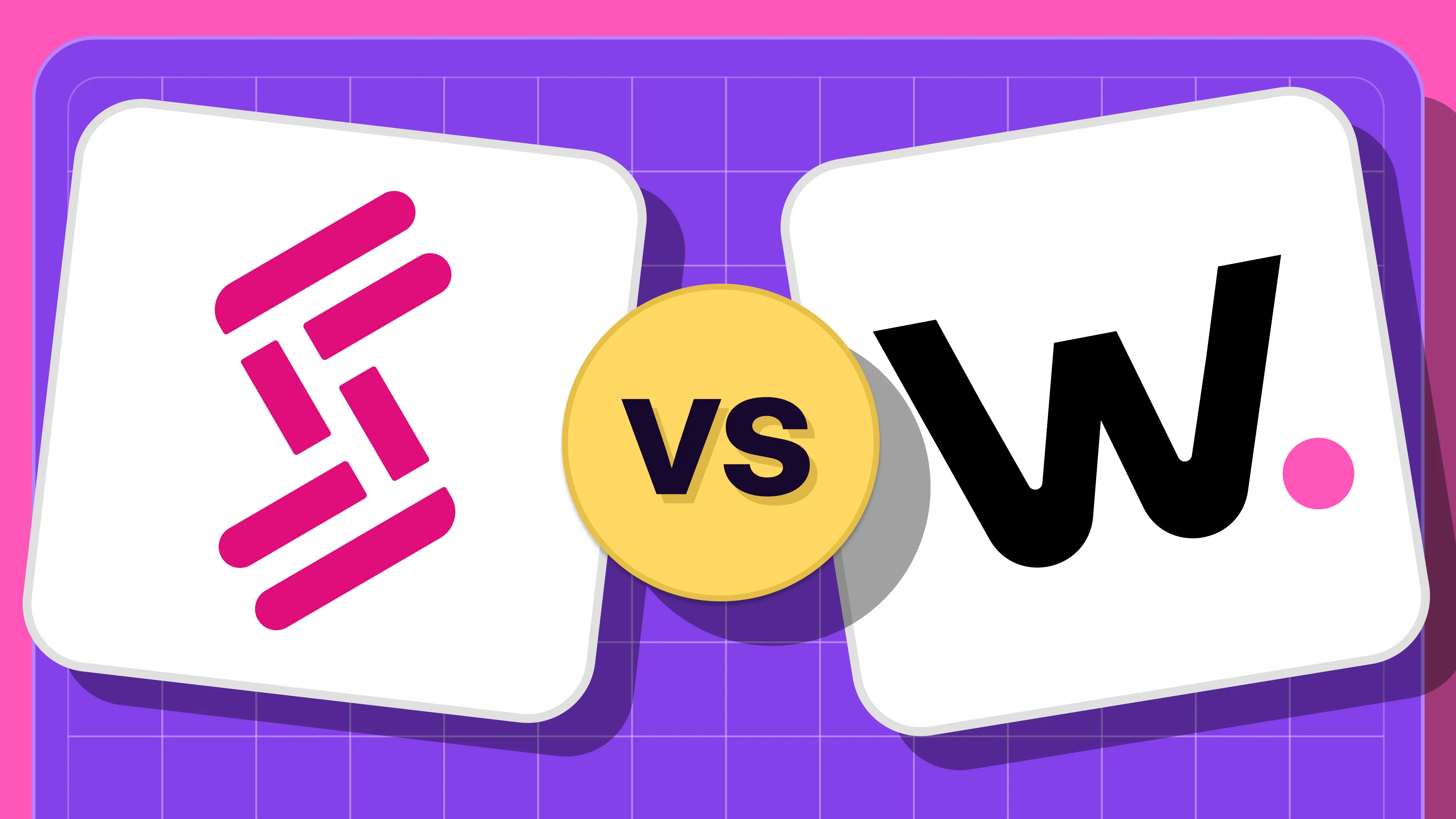
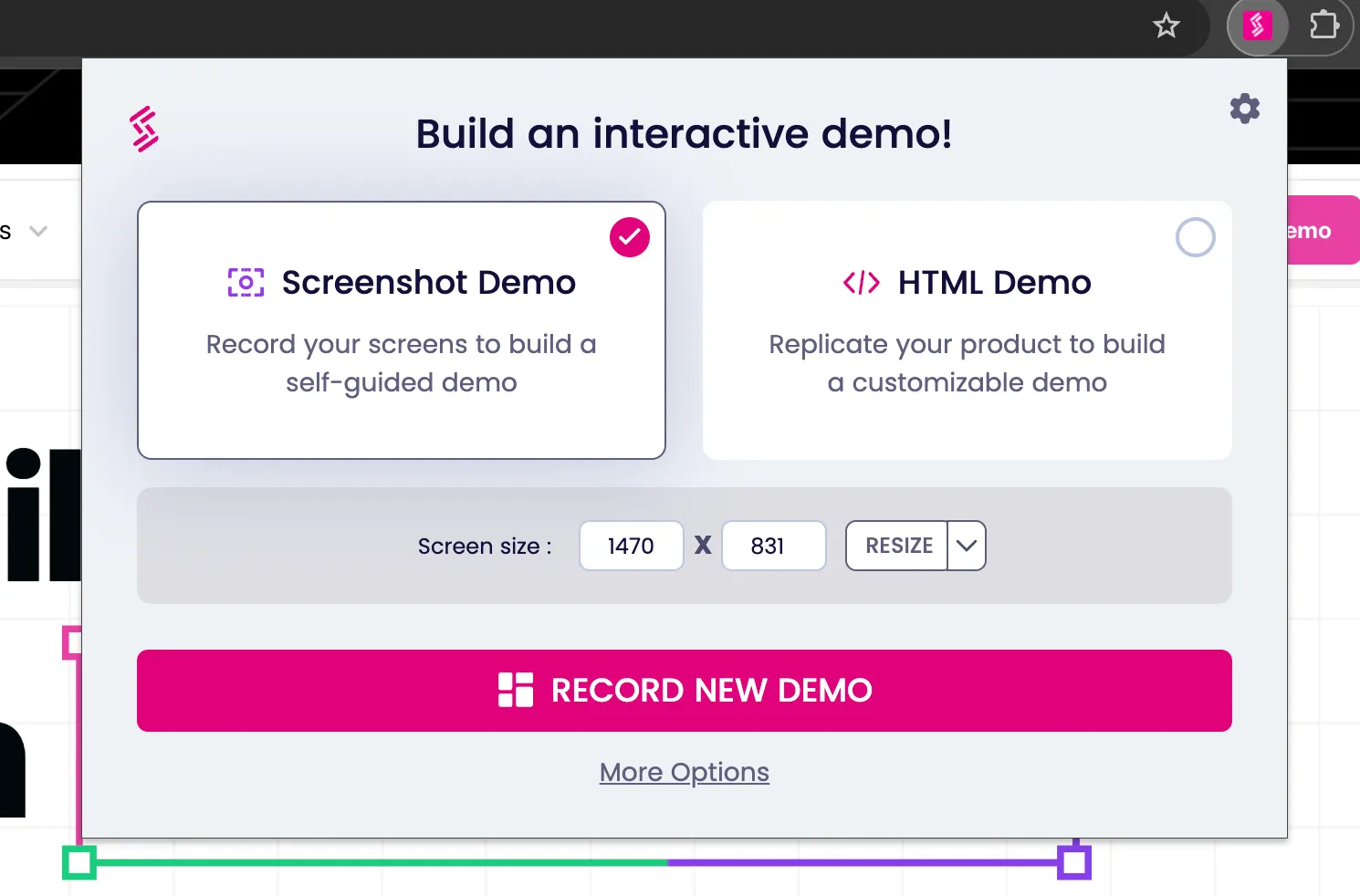


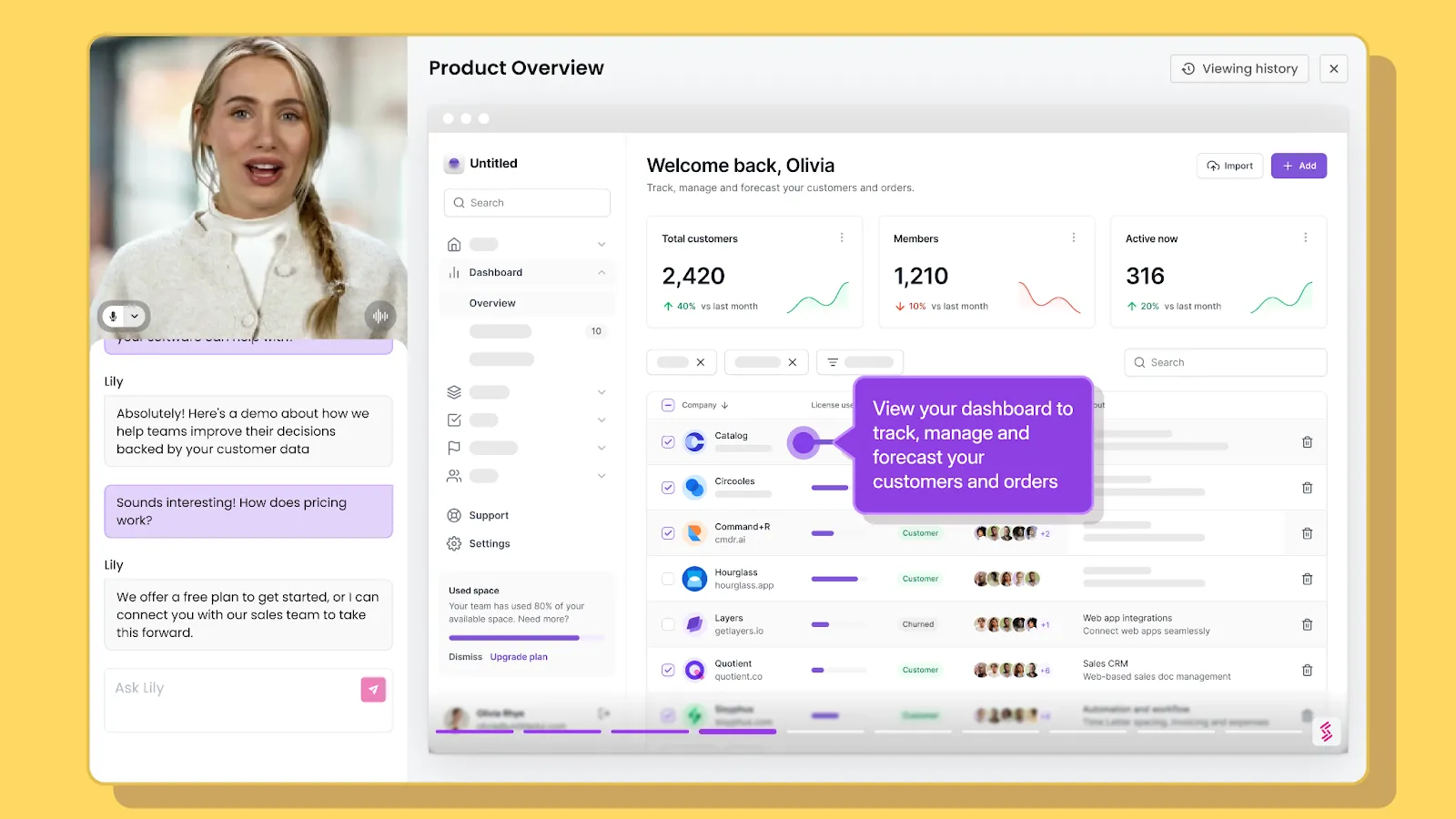

.svg)

.webp)